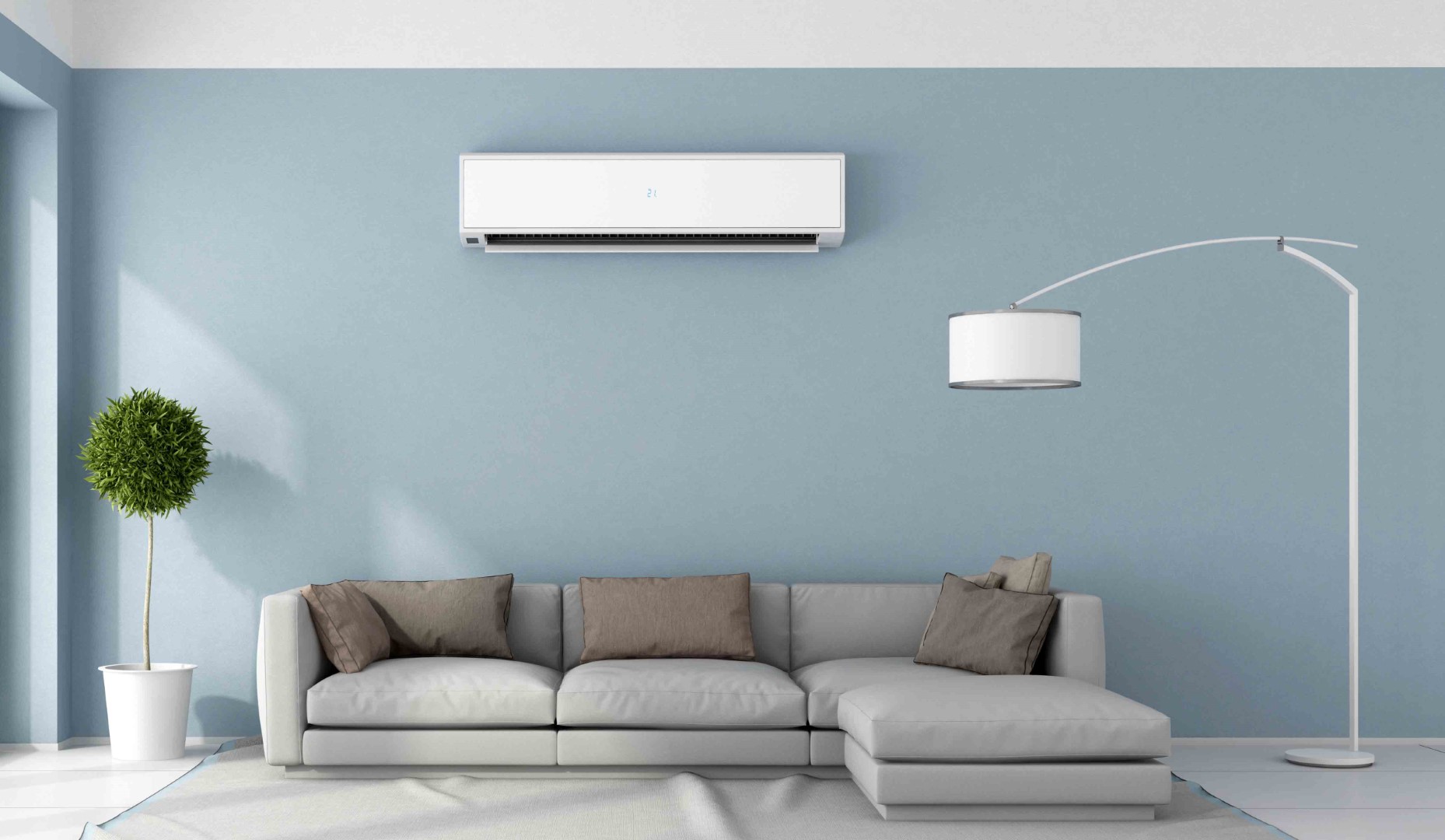Want to save with Paschal? Don’t miss our current offers and specials

Want to save with Paschal? Don’t miss our current offers and specials
Return to Paschal Resource & Education Hub

Ductless mini split systems provide effective heating and cooling, making it possible to provide air conditioning and heating to parts of your home that were previously unreachable. They can be a great alternative to installing a central unit with ducts, allowing you to provide conditioned air to just one or two rooms, or to rooms in your house that do not have ducts, such as new additions.
There are several advantages to installing and using ductless mini-split systems, compared to more traditional ducted systems, including that ductless systems:
When installing your ductless mini-split system, you or your HVAC (heating, ventilation and air conditioning) technician will first choose a location for the outside condenser unit that contains the compressor. It needs a level surface located at least a foot away from your home’s exterior walls, and you ideally need to install a concrete pad on which it can stand.
When choosing an interior location, always follow manufacturer directions, which usually recommend you install the interior unit near the ceiling for optimal heating and cooling efficiency. Don’t forget to measure carefully before cutting a hole in your wall. The hole needs to be three inches or less in diameter, and should be cut using a hole saw or reciprocating saw.
Next it’s time to run the copper tubing and refrigerant lines from the condenser, through the hole in the interior wall, and to the unit. Additionally, you should install a line for your unit’s condensation on the interior side.
The mounting plate comes next. Attach it levelly and securely to the interior unit, for the least amount of noise.
Finally, ask your HVAC technician to make the mechanical connections to your ductless air-conditioning unit. And you should note that if you don’t have a licensed professional install your system, the manufacturer could void your warranty.
To be able to operate correctly, ductless mini-split HVAC systems rely on air circulation around its indoor and outdoor components. To help with the flow of air within the system, it is important to clean and change the filters on a mini split system on a regular schedule.
If you don’t clean the filters often, dust, dirt, and grime will build up inside the system, and it won’t operate correctly, and may fail. As a result, you will see an increase in your monthly energy bills, and the components of the mini-split may see damage, which will shorten its life. Not to mention the air quality in your home may also decrease as the system won’t be able to properly flush out mold, pollutants and toxins.
In order to clean your mini split filters, remove them from the inside of the unit and gently wipe them with a clean cloth. Once they are free of dirt, insert them back into the unit. If you can’t clean the filter or you notice that it is damaged, then you should just replace the filter. You should clean or change the filters in your mini-split system at least once every month.
An important part of your system that requires cleaning is the condenser coils. They are located on the outer unit and are responsible for removing heat from the refrigerant. Over time, dirt, debris, mold, and other contaminants will build up on the coils and prevent the entire system from operating. To prevent damage, you should clean the coils with the care instructions outlined in your owner’s manual.
One tip on how to maintain your system is to clear the pipes. The pipes inside of a mini-split system act as a path between the interior and exterior parts of the machine. They play an important role in the emission of cold or hot air throughout a room. Without proper maintenance, the pipes can accumulate dust and other particles, which will block the system’s temperature-controlled air from flowing throughout your home.
To ensure your mini-split serves its purpose of keeping your home at a comfortable temperature, it is essential to clean the pipes regularly.
A big part of keeping a mini-split system maintained involves cleaning its various components. In addition to wiping down the system’s filters, condenser coils, and pipes, it’s also important to clean the outside of the unit. If the exterior of a mini-split system becomes covered in dust or other debris, particles can begin to make their way inside the system, causing internal damage.
Now that the installation is taken care of, here’s how to maintain your ductless mini split:
For more information on installing and maintaining ductless mini split systems in the Northwest Arkansas, SW Missouri, or Fort Smith area, contact Paschal Air, Plumbing & Electric today.